Applying the principles of cinematography to your product renders to excite and engage your audience
- Jake Hawkins
- Feb 5
- 3 min read
What makes a movie look like a movie? There are a large number of moving parts that go into making a movie, but when it comes to cinematic looking visuals there are a number of factors that make images look cinematic. And yes - you can apply these to your product renders to make your products look truly blockbuster.
Lighting
First and foremost is the lighting. Like most things when it comes to movie making, it doesn’t matter what you’re filming it on, if it’s lit badly, it’s going to look bad and that goes for being filmed on a smart phone or an Arri.
Lighting, and more importantly, the shadow that comes hand in hand with anything that is lit, is what gives us that dynamic, cinematic look. It’s why we shoot exteriors during sun up or sun down (golden hour) and why Emmanuel Lubezkis exteriors look so good in every movie he shoots. It’s why reverse key lighting is one of if not the most heavily used lighting techniques in cinema, giving us mood, shape and mystery in every frame. The key light is moved to the back and off the far side offering the most frame stealing parts of the subject to fall into the shadow cast by the key light. You’ll spot this one in every movie you see now, we guarantee it.

Flat lighting creates a flat image, which may be perfect for a catalogue shot or web store where you want your product clearly visible, but if it’s a product launch, teaser or hype video, chances are you want something a little more dramatic and channelling some mystique.
Cinematic lenses
Motion design software allows a huge amount of control of the virtual cameras, even down to the type of sensor you want to use. So, much like cinema cameras with big sensors and cinema lenses with fast apertures and lower F stops, we replicate this with our virtual cameras. This is where our unique background in film making and cinematic image acquisition comes into play. Understanding what a 14mm lens will do to your product Vs a 35mm or 50mm and when to open the aputure to get that cinematic depth of field but not so much that the rear of the product gets so our of focus that it's unrecognisable. Lens choices are hugely important in representing your product and getting this right is vital.
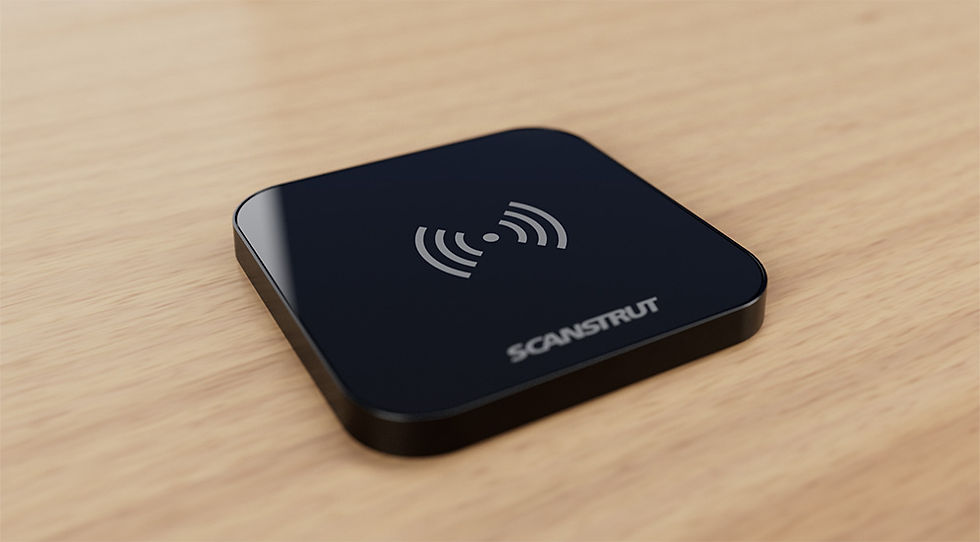
Camera movements
When you're setting cameras on set in the real world camera movement is defined by the rigging and grip gear you have. For example a dolly push in requires a dolly, a smooth tracking shot will require a steady cam or gimbal. On a virtual set limitations on camera movement are non existent since we can essentially position and move the camera anyway we want, so authenticity becomes very important if we are trying to make realistic looking motion graphics, as in making those moves as authentically real as we can. This involves an understanding of how cameras move, how an operator would start and stop that movement and what is physically achievable in a real world set up. On a real set we would block with actors and or product and work out the specific movement and timing required to deliver that action. We would set marks for our talent to hit, marks for our focus pulls, we would rehearse movement of both talent and camera, tweak lighting etc. With a virtual set all the movements, focus pulls etc are keyframed in the software and once we are happy with the look and feel we’ll spin off the animatics, first or final passes tweaking our lighting set up, animation and render settings as required.
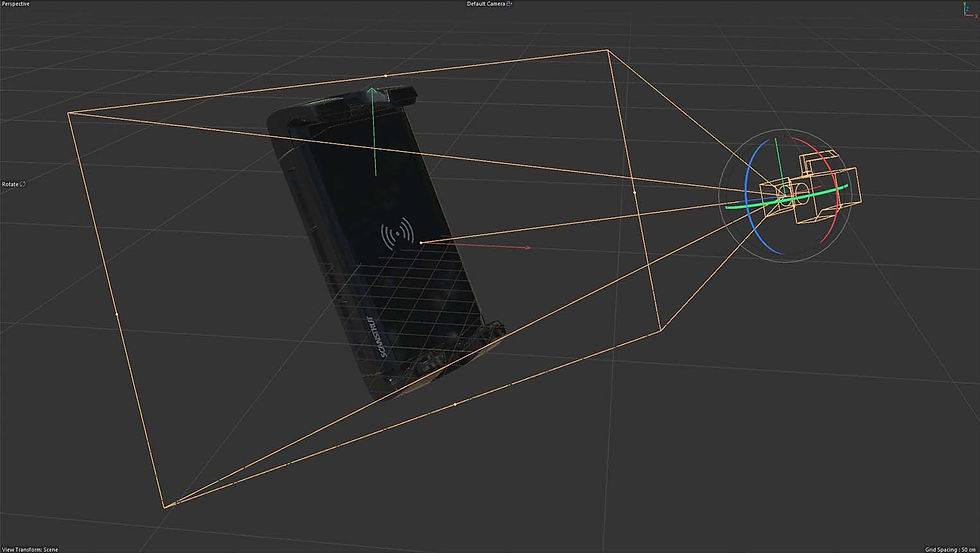
Understanding how these fundamental elements help shape cinematic visuals will give gravitas, mystique and a sense of realism to your product renders in both still and moving image form.
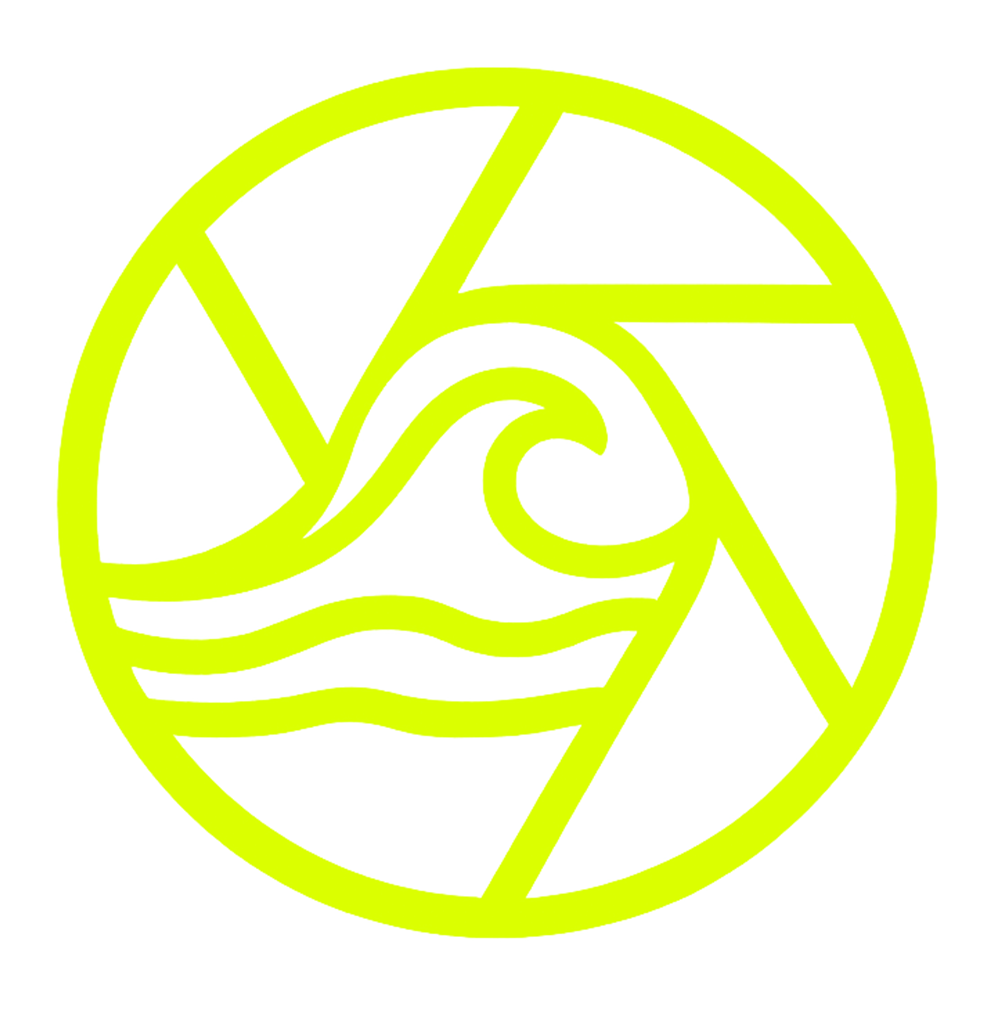
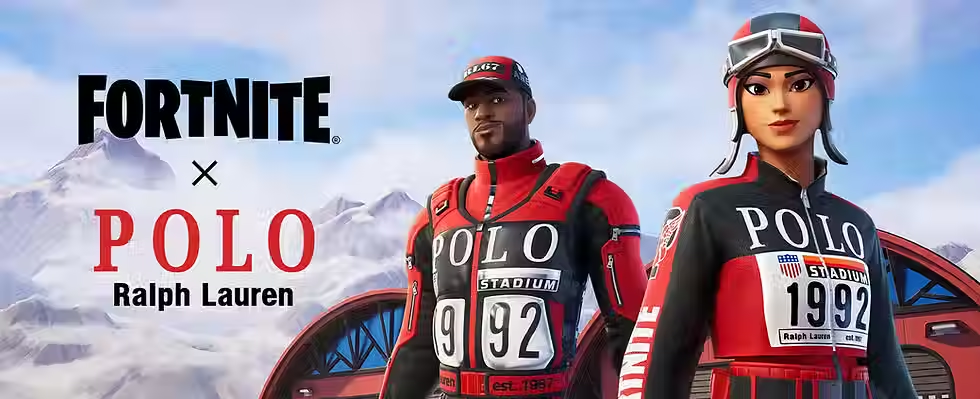
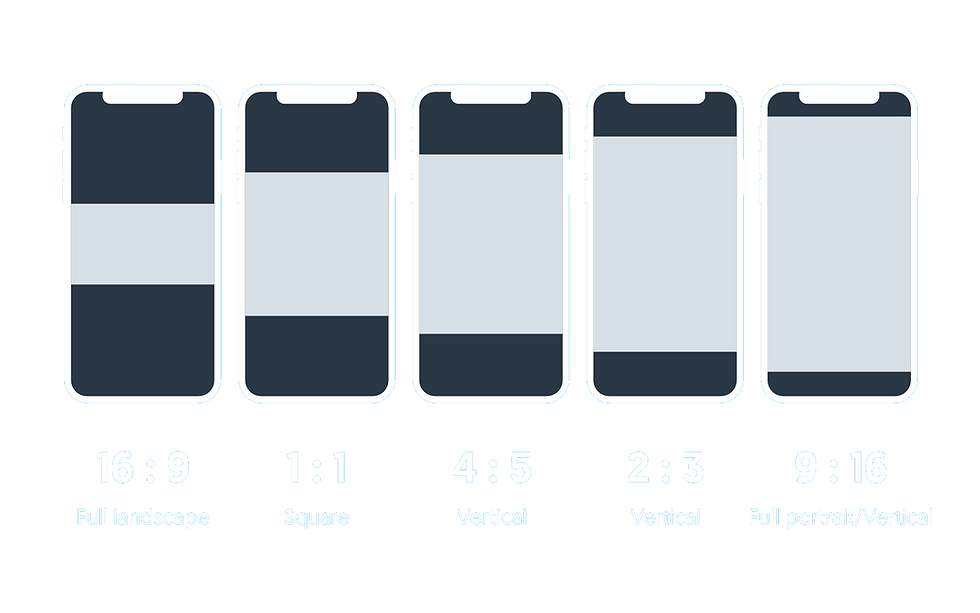

Comments